Open Enrollment: What You Need To Know Before You Buy A Self-Purchased Dental Insurance Policy
Open Enrollment is right around the corner, and for many people, that means it’s time to make decisions about dental coverage. Whether you’re self-employed, retired, or just shopping for an individual plan, it’s easy to assume that any dental insurance is better than none. But here’s the hard truth: insurance companies sell these plans to make money—and not every policy offers the kind of protection you think it does.
Dental insurance can provide peace of mind, but only if you understand what you’re signing up for. Let’s drill into a few important details before you buy.
1. Waiting Periods
Many self-purchased dental plans include waiting periods—a built-in delay before certain services are covered. This means you might pay premiums for months, or even a full year, before you’re eligible for major procedures like crowns, bridges, dentures, root canals, or extractions.
Imagine paying every month, thinking you’re protected, only to find out your plan won’t cover the treatment you need for another six months. That’s not just frustrating—it’s expensive. Before committing, read the fine print and make sure you understand when your benefits actually begin.
2. Reimbursement Plans
Reimbursement plans can look appealing on paper. The idea is simple: you choose your dentist, pay upfront, and the insurance company reimburses you after you file a claim. But the process isn’t always so smooth.
You’ll often need to print forms, attach itemized receipts, and mail everything in—then wait weeks for a check. On top of that, many of these plans have strict annual caps. Once you hit the maximum reimbursement limit, the rest comes out of your pocket. For busy families, that kind of system can feel like more work than it’s worth.
3. Maximums
Every dental plan has an annual maximum—the total amount your insurance will pay in a year. Once that limit is reached, coverage stops cold.
For example, let’s say Sally’s plan has a $1,000 maximum. Her exam, x-rays, and crown cost $900, leaving her with just $100 of coverage for the rest of the year. When she returns for a cleaning and fillings, that small remainder doesn’t stretch far. She’ll be paying the balance out of pocket.
Understanding your plan’s maximum is critical, especially if you expect multiple dental needs throughout the year.
4. Fee Schedules
Here’s where things get tricky. You might see “100% covered” in your plan’s description and assume that means you’ll pay nothing. Unfortunately, that’s not always the case.
Insurance companies often base their payments on a fee schedule—a predetermined list of what they think dental procedures should cost. If your dentist charges more than that listed amount (which is common), you pay the difference.
For instance, if a full-mouth x-ray costs $150 and the insurance company’s schedule says $100, they’ll pay 100% of their $100. You’re left paying the remaining $50. It’s a small detail that makes a big difference when you start adding up procedures.
5. Monthly Premiums
It’s tempting to assume higher premiums equal better coverage—but not always. Some high-cost plans still come with low annual maximums, waiting periods, or narrow networks. On the flip side, cheaper plans can leave you with significant out-of-pocket costs.
The key is to compare carefully. Look beyond the monthly price tag and focus on what’s actually covered. Consider your typical dental needs, your preferred dentist, and your ability to pay upfront if needed.
Dental insurance isn’t one-size-fits-all. While it can help offset costs, it’s only truly valuable when it fits your needs and expectations. Before you buy, ask the hard questions:
- When do benefits start?
- What are the annual maximums?
- How are fees determined?
- What does “100% covered” really mean?
Understanding these details helps you avoid surprises and make confident, informed decisions. Because when it comes to your health—and your wallet—the best protection is knowledge.
At Today’s Dental, we believe in transparency and patient education. We’ll always help you understand your options, whether you have insurance or not. After all, our goal isn’t just fixing teeth—it’s making life better by spreading smiles and helping you make informed choices that protect your health long-term.




